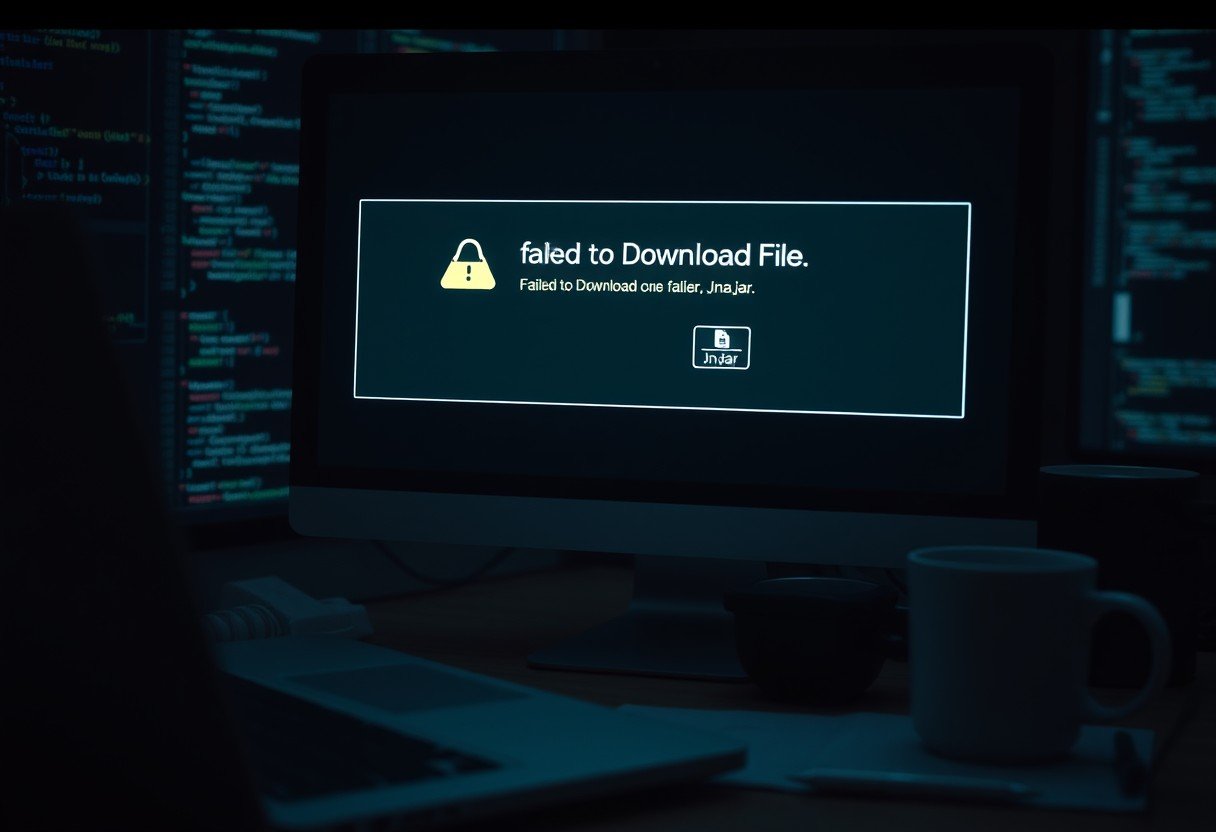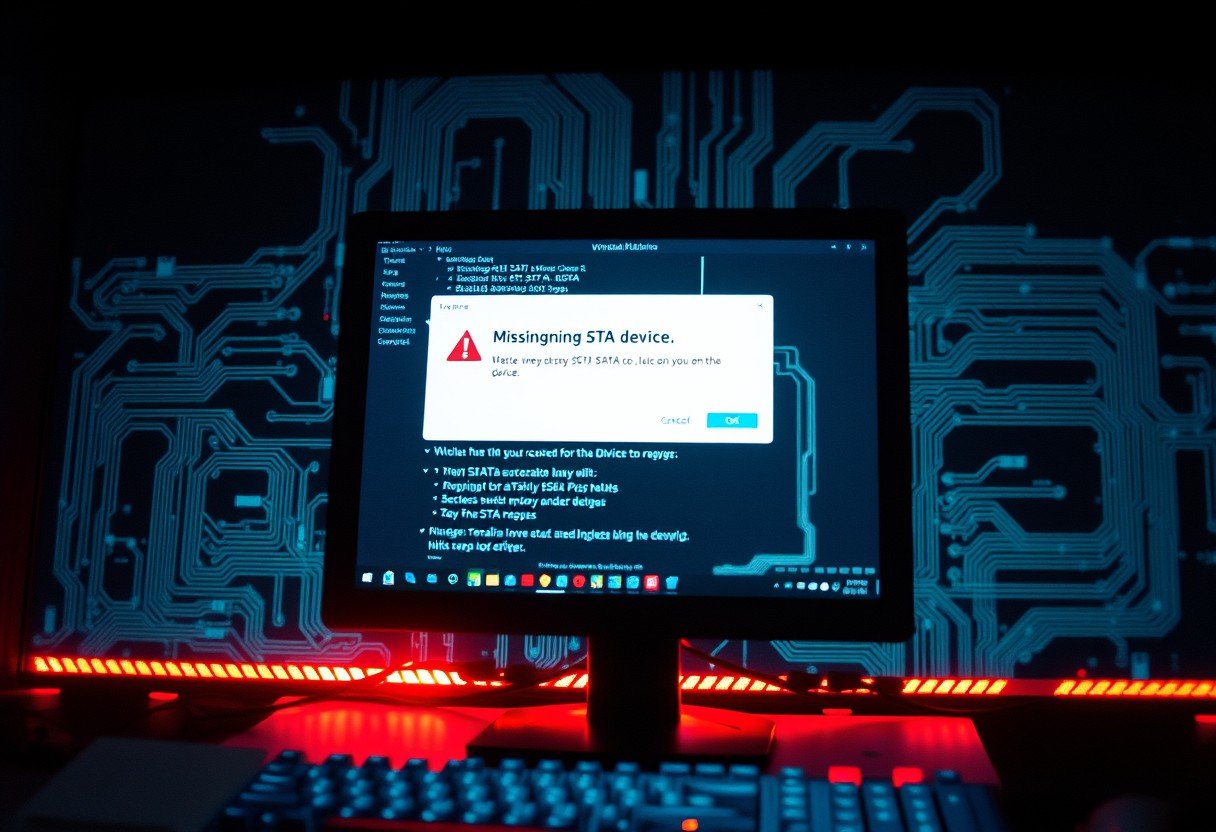Encountering the ‘Invalid_scope’ error when implementing OAuth for Write_multipass can halt your development process. This error simply means the permission you are asking for is not recognized or allowed by the authentication server. Understanding why this happens is the first step to a quick fix. This guide will walk you through identifying the root cause of the invalid scope error and provide clear steps to resolve it, ensuring your application’s authentication flow works seamlessly and securely.
What is the Oauth Invalid_scope Error?
The OAuth framework is built on the principle of scoped access, meaning an application can only perform actions it has been explicitly granted permission for. When your application requests access, it sends a list of “scopes” to the authorization server.
The ‘Invalid_scope’ error is the server’s way of saying it doesn’t understand or approve of one or more of the requested scopes. This is a security feature, not just a bug; it prevents applications from gaining unauthorized access to user data or system functions.
Think of it like trying to use a keycard for a door you don’t have access to. The system doesn’t recognize your credentials for that specific door, so it denies entry. Similarly, the OAuth server denies the request because the scope is incorrect, misspelled, or not assigned to your client ID.
Common Causes for the Write_multipass Scope Issue
Identifying the exact cause is crucial for a quick resolution. The error message itself is broad, but the problem usually falls into one of a few common categories. More than 90% of OAuth implementation errors are due to simple configuration mistakes rather than complex code issues.
The issue often originates from a simple disconnect between what your application is asking for and what the OAuth provider has been configured to allow. Checking these common points first can save you hours of debugging.
Here are the most frequent reasons you might see this error:
- Typographical Errors: A simple typo like ‘write_multipass’ instead of ‘write_multipass’ or an extra space can cause the entire scope string to be rejected.
- Incorrect Scope Name: The scope itself might be named incorrectly. For example, the provider may require a prefix like `api.write_multipass`.
- Insufficient Permissions: Your application’s client ID may not have been granted permission to use the `write_multipass` scope in the OAuth provider’s dashboard or settings.
- Deprecated Scopes: The API may have been updated, and the scope you are using is no longer valid or has been replaced by a new one.
Step-by-Step Guide to Diagnosing the Problem
Troubleshooting this error requires a methodical approach. Instead of randomly changing settings, follow a structured process to pinpoint the exact source of the problem. This ensures you find the root cause and not just a temporary fix.
Start with the simplest potential issues and move toward more complex ones. Here is a clear checklist to follow:
- Verify the Scope String: Carefully examine the scope parameter in your authorization request. Look for any typos, extra spaces, or incorrect characters. Copy the scope directly from the provider’s official documentation to be certain.
- Check the API Documentation: Open the official API documentation for the OAuth provider. Find the section on scopes and confirm the exact name required for the Multipass write functionality. This is the most reliable source of truth.
- Review Application Settings: Log in to your developer dashboard on the OAuth provider’s platform. Navigate to your application’s settings and find the section for API permissions or scopes. Ensure that the `write_multipass` scope is enabled or added to the list of allowed scopes for your client ID.
- Inspect the Token Request URL: Double-check the full URL you are using to request the token. Ensure it’s the correct endpoint and that the scope parameter is correctly formatted as a URL-encoded string.
How to Correctly Configure Scopes for Multipass
Proper configuration is key to preventing the invalid_scope error. Once you have identified the correct scope name from the documentation, you need to ensure it is implemented correctly in your code and in your provider settings.
Remember that scope strings are often case-sensitive. `Write_multipass` might be different from `write_multipass`. Always use the exact casing specified in the documentation.
If you are requesting multiple scopes, they are typically separated by a space. Ensure your code is building this string correctly. A common mistake is using a comma or another delimiter instead of a space, which would invalidate the entire request.
Here is an example of how a small formatting error can cause a problem:
| Request Type | Example Scope String | Result |
|---|---|---|
| Correct | `read_profile write_multipass` | Success |
| Incorrect (Comma) | `read_profile,write_multipass` | Invalid_scope Error |
| Incorrect (Typo) | `read_profile write_multipas` | Invalid_scope Error |
Verifying Your Application’s Permissions
Sometimes, the issue isn’t in your code but in the permissions granted to your application on the OAuth server. Even if you request a valid scope, the server will reject it if your specific application (identified by its client ID) hasn’t been authorized to use it.
This is a common security measure to ensure that applications can only access the data they are supposed to. For a powerful scope like `write_multipass`, providers often require you to explicitly enable it.
Go to your application’s administrative console on the OAuth provider’s website. Look for a section titled “API Permissions,” “Scopes,” or “Authorizations.” You must ensure the checkbox for `write_multipass` is ticked or that it is listed under the “Allowed Scopes” for your app. If you make any changes, remember to save them, as some platforms require you to re-authorize the application afterward.
Best Practices for Preventing Future Scope Errors
Fixing the current error is great, but preventing it from happening again is even better. Adopting a few best practices for scope management can make your integration more robust and save you future headaches.
First, always request the minimum number of scopes necessary for your application to function. This principle of least privilege not only reduces the risk of errors but is also better for user privacy and trust.
Additionally, create a configuration file in your application where you define all your scopes. This centralizes them, making it easier to review and update them. It also reduces the chance of typos since you are defining the string in only one place. Regularly audit your requested scopes against the provider’s documentation, especially after announcements of API updates, to catch any deprecated scopes before they become a problem.
Frequently Asked Questions about the Invalid_scope Error
What does invalid_scope mean in simple terms?
The error means the permission your application is asking for is either spelled wrong, doesn’t exist, or your app hasn’t been approved to use it. It’s the server’s way of saying “I don’t recognize or allow that request.”
Why am I getting an invalid_scope error with Write_multipass specifically?
The `write_multipass` scope likely controls sensitive operations. OAuth providers often require you to manually enable such powerful permissions in your application’s settings on their developer platform before you can request it.
Where can I find the correct list of scopes for my application?
The single source of truth is always the official API documentation for the OAuth provider you are using. Look for a section on “Authentication,” “Authorization,” or “Scopes” for a complete and up-to-date list.
Can an API update from the provider cause this error?
Yes, absolutely. If a provider updates its API, it might change scope names or deprecate old ones. This is why it is crucial to stay informed about API changes and regularly check that your requested scopes are still valid.
How do I request multiple scopes without getting an error?
To request multiple scopes, you should list them in a single string, with each scope name separated by a space. Do not use commas, semicolons, or any other character unless the provider’s documentation specifically instructs you to.









Leave a Comment